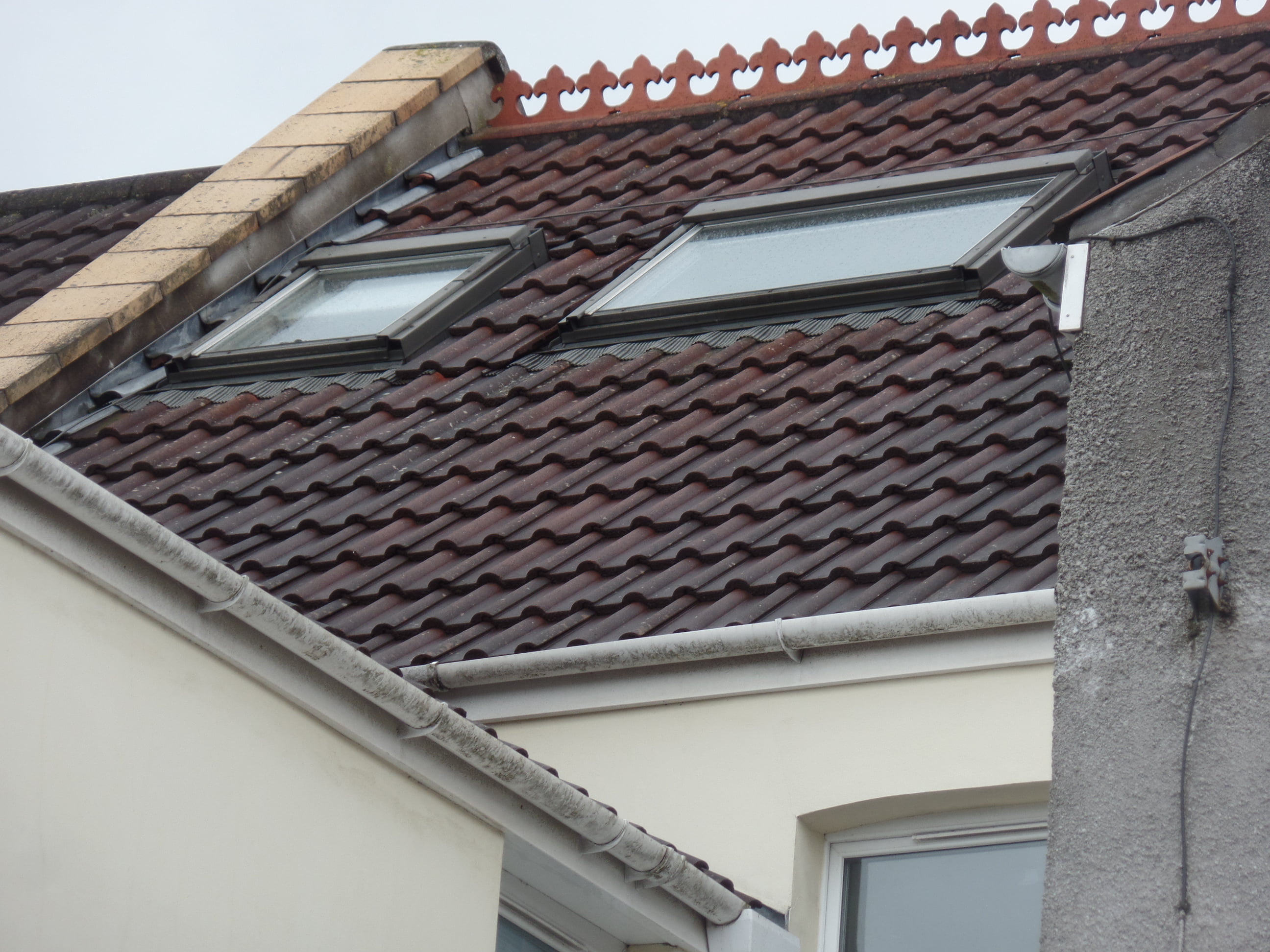“Loft Rooms”

Is that converted attic described as a ‘Loft Room’ in the Agent’s particulars? Then beware – the trick is in the wording! This is often ‘agent speak’ for conversions that do not benefit from Building Regulations approvals. Hence it is not considered habitable space and as such cannot be lived in. Nor will it be valued as habitable space by the mortgage company. ‘Loft Room’ is often a snappy short-hand for major problems with the conversion!
BUILDING REGULATIONS
The Building Regulations specify the performance factors for varying building elements. Before commencing a conversion, you should submit the proposed drawings and any structural engineer’s calculations to the Local Authority, for their approval. Council Building Control Officers or their contractors would then visit the site at intervals during the course of the works. This ensures that the works are being carried out as specified in the plans. It also ensures that the correct materials (such as concrete lintels) are being used, prior to them being hidden by plaster or render, for example.
Some surveying companies offer this service commercially, so you can use their approved inspectors rather than the Local Authority for approvals. This may save you money and these organisations can offer a more flexible verification process.
Then at the end of the works and on the final inspection, a Completion Certificate is issued to the building owner or their agent.
WHY IS THE CERTIFICATION IMPORTANT?
The information and certification produced in this process is vital for later surveyors! We do not routinely break into the fabric of the building in the course of our inspection. If we did, the vendors would no doubt be very angry as holes in walls are not ideal when selling a property! The Completion Certificate states that the conversion has been inspected and meets the compliance standards in force at the time of the construction. Are you hoping to sell a property with an attic conversion but no Completion Certificate? If so, you may be disappointed at the price you finally achieve.
WHAT ACHIEVING COMPLIANCE IS LIKELY TO INVOLVE
Just taking one section of the Building Regulations as an example, Part L : the Conservation of Fuel and Power Regulations. These are designed to reduce the amount of fuel needed to heat a dwelling. Part L describes the need to hit certain “U-values”. These are performance factors of materials used in the construction of the external envelope (walls and roof). Nowadays you would be expected to have significant thicknesses of insulation in the slope of the roof for it to be signed off. Compliant materials would include Polyisocyanurate board, also referred to as PIR or ISO, a yellow type foam insulation with silver foil on both sides. The alternative would be expensive multifoil or equivalent. Such insulation is rarely found in non-compliant older structures.
HOW TO MAKE THE LOFT ROOM COMPLIANT WITH PART L OF THE BUILDING REGULATIONS?
You would have to strip out all the existing internal plasterboard on the walls and ceiling in order to fit such insulation.The Regulations also normally require that insulation is left beneath the floor and again this may not be done. To check whether it is present, the floor may need to be stripped out, even partially. And the floor may need removing completely to insert such insulation to create a compliant space.
SOME OTHER CONSIDERATIONS
Other sections of the Building Regulations include Part B, bought into sharp focus in the wake of the Grenfell tower disaster. Part B Regulations cover fire safety and the need for fire resisting corridors for safe access, fire doors, smoke alarms and heat detectors. For example, does the attic conversion have fire doors? Or a robust staircase escape route?
And then there are the comprehensive Electrical Regulations to take into consideration!
SO IS THAT ‘LOFT ROOM’ AN ASSET?
In summary, if the conversion has to be stripped out to ensure just one factor is met, this will be costly. To remove the old non-compliant structure,you will have incur labour costs to dispose of the old materials, before you upgrade the conversion correctly. Compare this with purchasing a property that has no ‘loft room’at all and then converting one properly…
